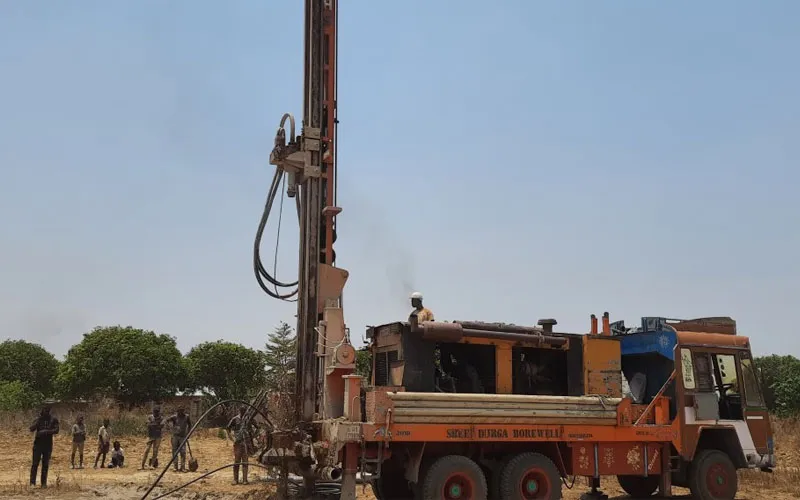In the November 28 report, the Director of the U.S development arm of the SDB, Salesian Missions, acknowledges with appreciation partners who facilitated the realization of the initiative.
“Water projects in Zambia and around the globe ensure people coming to Salesian parishes, schools, and centers have access to the water they need. This brings a sense of hope and dignity to the people Salesians serve,” Fr. Gus Baek is quoted as saying.
In the report, SDB officials express concern about other challenges in the Southern African nation, saying, “There is also a lack of education facilities for children, and people travel long distances to access a health center.”
They say that due to other challenges such as HIV/AIDS and poverty in Zambia, several children in the country are vulnerable and that “these children struggle to find education, basic services and hope for their future.”
SDB officials go on to reflect on the poverty situation in the country and note that 64 percent of the total population is living below the poverty line.
They say, “For those living in rural areas, the poverty rate rises to 80 percent.”
A UNICEF report on the Southern African nation indicates that “Over the past three decades, incomes in Zambia have fallen steadily and people do not have enough money to meet basic needs such as shelter, nutritious food and medical care.”
Meanwhile, Salesian Missions has also facilitated the realization of “a new borewell, water tank and pump” to the inhabitants of Ruurumwe village in the outskirts of Rundu in Namibia.
In a report shared with ACI Africa Tuesday, November 29, the day it was published, SDB officials say that 550 have been able to overcome water challenges, having been relying on “water supply from a small seasonal river” that they say “is erratic and too often not enough.”
During summer, the residents of the Namibian village have also been surviving “on water from holes and small wells, but this water is not safe for human consumption,” Salesian officials say, and add, “The new borewell and 5,000-liter water storage tank will supply fresh, clean water for the entire village and allow people to grow food for the community.”








